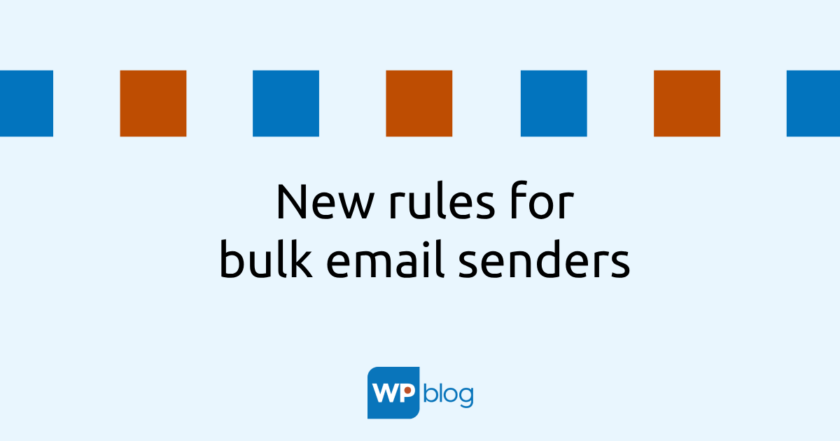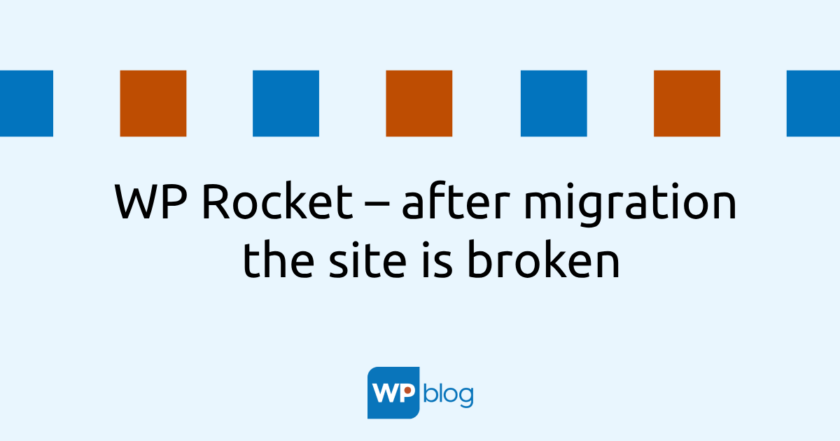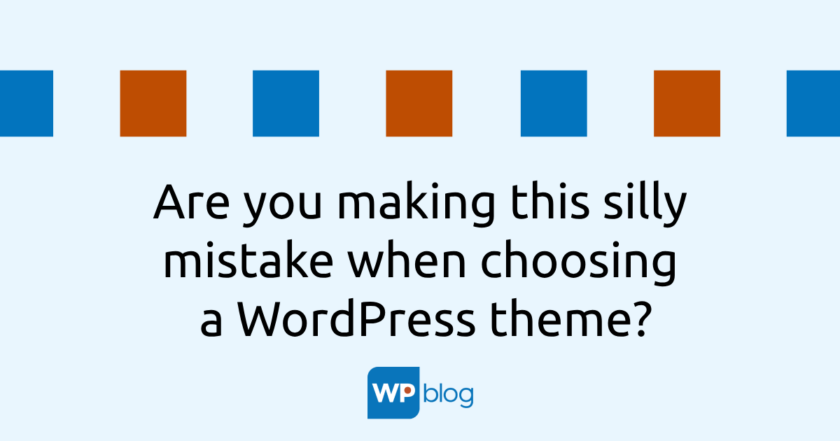From February 2024, major changes in email marketing will apply. They primarily affect senders who send at least 5,000 emails per day, mainly to Gmail and Yahoo addresses.
The changes are worth noticing even if you don’t send that many emails. Because by following the rules, you’ll ensure higher deliverability of your emails.
What is important to do:
- set up DNS records correctly to be included in the authenticated email senders,
- allow the client to unsubscribe from the database (newsletter subscription) with one click,
- keep the spam rate below 0.3%.
1. Verified reports
Only messages that pass a modified authentication process will reach the inbox of Gmail or Yahoo users. These are emails that are evaluated as messages from an authorised sender. The recipient can trust that the email has not been altered, hacked or tampered with on its journey from the source to the recipient.
How do you get into the verified senders category?
You need to have the DNS records set up correctly, which is essential when sending emails. They affect whether your email arrives safely in the mailbox you sent it to or ends up as SPAM.
What are DNS records?
A domain is, in simple terms, the text name of a website (e.g. wpblog.sk). In addition to the web, other services (e.g. emails) can also be hosted on it. The DNS record system translates the domain name to the unique IP address of the server where the data is stored. For simplicity, the Domain Name System (DNS) can be compared to a phone book, where each domain is assigned a number. If someone wants to visit your website, they don’t have to type in the IP address, they just have to type in the name of the website.
You cannot set DNS records for email addresses that you have created through a freemail service such as Gmail, Center, List… In this case, you cannot access DNS records as a normal user. Therefore, you need an email address that is registered to your domain (e.g. info@wpblog.sk). It is ideal to have your domain, hosting, email and DNS records with one provider.
To meet the new Gmail and Yahoo requirements, focus primarily on SPF, DKIM, and DMARC records when setting up DNS records.
SPF (Sender Policy Framework)
SPF verifies the IP address of the sender. It checks that the email was sent from a server that has permission to do so (it transmits emails using the Simple Mail Transfer Protocol (SMTP)). The SPF aims to limit sender spoofing in email and thus prevent SPAM.
DKIM (DomainKeys Identified Mail)
DKIM is a technology that is used to authenticate the sent email, thus increasing its credibility. Simply put, it is a kind of digital signature that allows the recipient to be sure that the message has not been altered during delivery.
DMARC (Domain Message Authentication Reporting and Conformance)
DMARC is a specification that allows the two aforementioned authentication technologies SPF and DKIM to be linked. Instructs mailboxes how to handle email that does not have a valid SPF or DKIM. It also allows you to report domain abuse.
2. Easily unsubscribe from the newsletter
Another condition that must be met by the inbox is the ability to unsubscribe from the newsletter with one click. This applies to bulk emails. Now Gmail and Yahoo require ” one-click unsubscribe”. In both the message list and the email header, the recipient will see the option
“Unsubscribe”
.


But beware! This is not an unsubscribe option, which online marketers tend to place in the body of the email or under their own signature.

Some companies that offer email automation platforms for bulk email forwarding have already included this option in their service (e.g. SmartEmailing). For other tools, you need to set this up.
Spam threshold below 0.3%
If less than 0.1% of your email recipients mark a message as SPAM, you’re dead in the water. If the number of flagged emails is between 0.1% and 0.3%, think about what measures you will put in place to reduce the spam rate. Because if your score is higher than 0.3%, there is a risk that all your messages will fall into SPAM.
How to keep your spam rate low?
- Create a database of potential clients who are genuinely interested in your topic, service, product. When signing up for your newsletter, use double opt-in (double verification of your email address). This way you will have a list of correctly entered email addresses, avoid fraudulent sign-ups, avoid spamming people unnecessarily and increase the number of emails you receive.
- Segment, send relevant and valuable content. Create a customer journey – what happens when someone subscribes to your newsletter or buys from you. Help, inspire, share. 🙂
- Keep your email list up to date. Regularly weed out recipients who don’t open your emails for long periods of time. Believe me, they don’t enlighten them over time, they just artificially increase the size of your database, which is what the price of the bulk emailing service is based on.
- Establish a Feedback loop. Allow customers who have marked your emails as SPAM to automatically unsubscribe.
Source: google email sender guidelines
I create websites and graphics for women that match them. Thanks to this, they can authentically spread the message of their business and thus more easily get the right clients. I like it when the web breathes with the charisma and style of a woman. It has a clean and distinctive design that underlines her personal brand.



